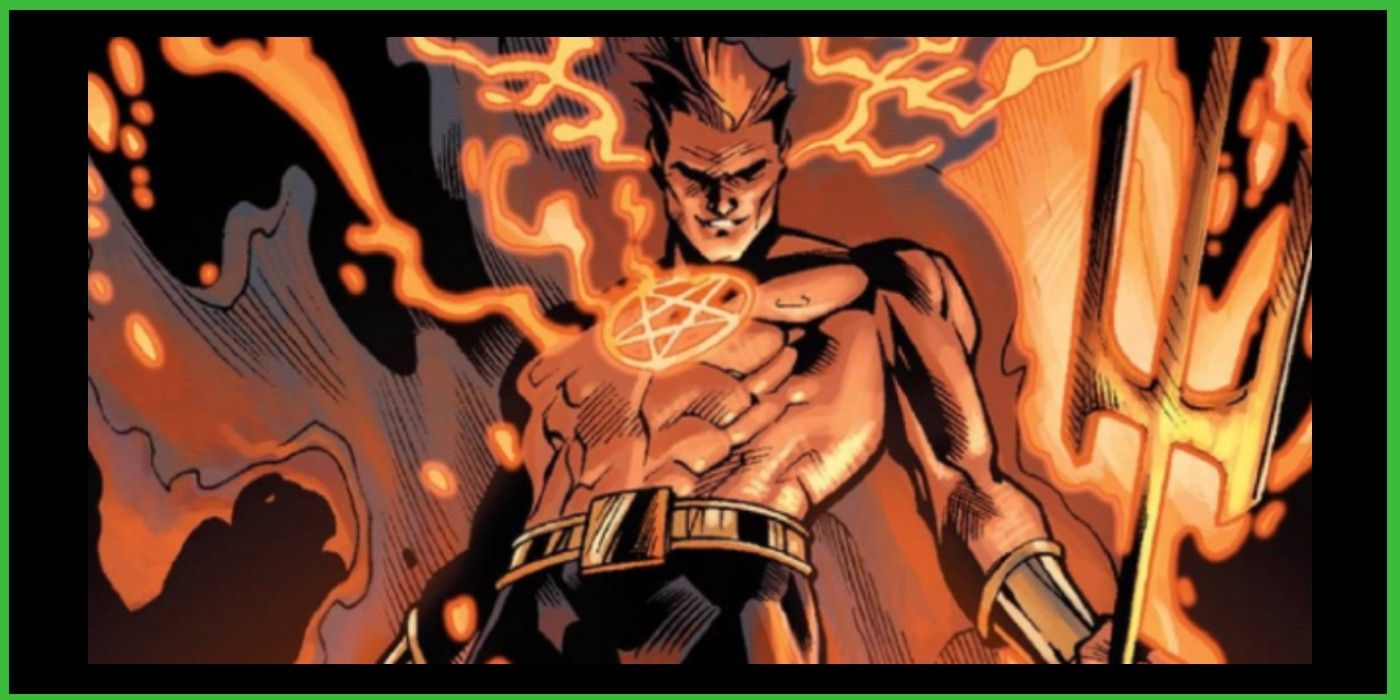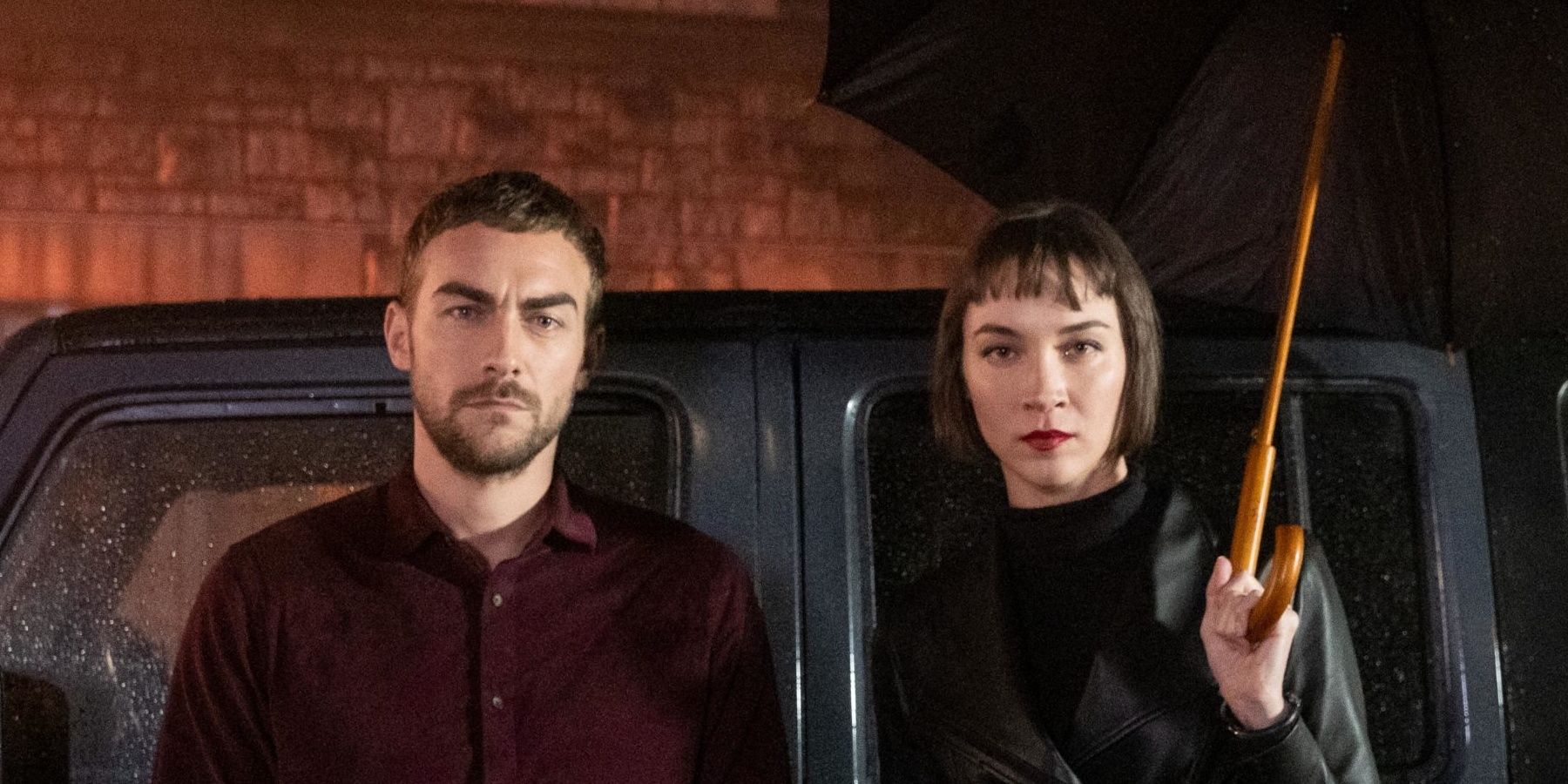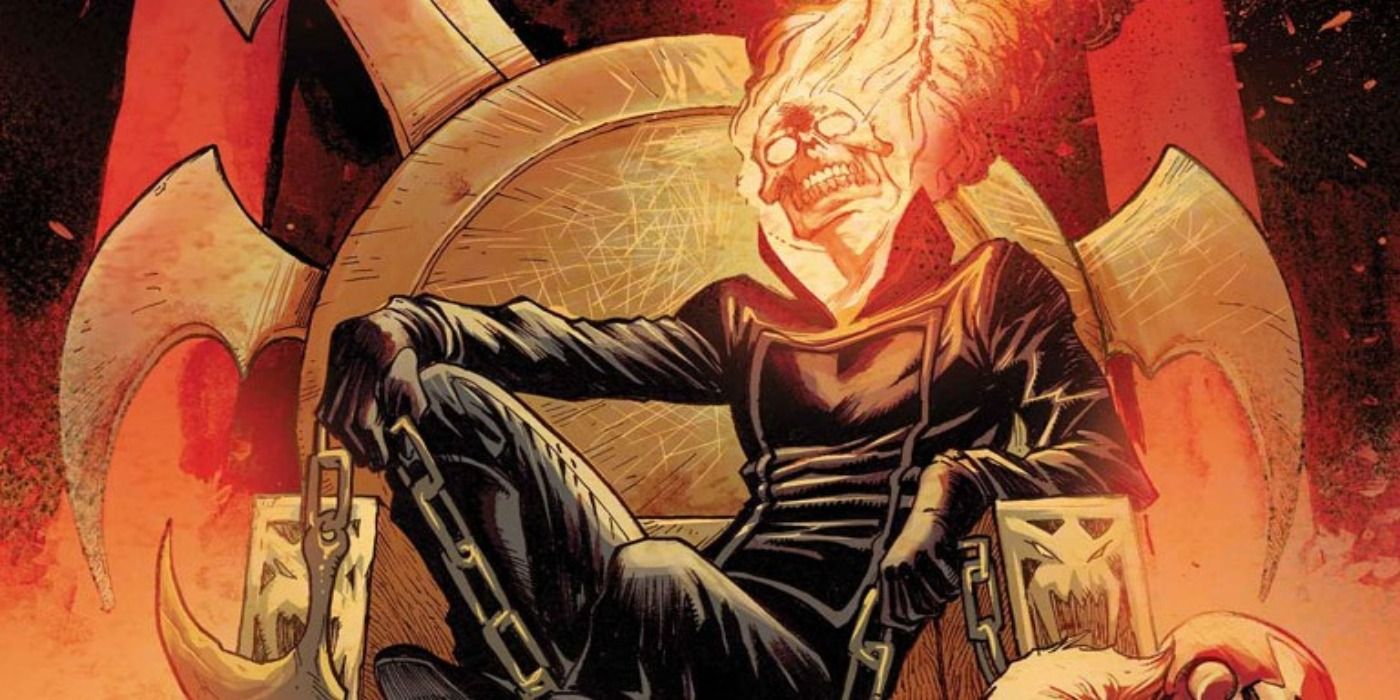The MCU Tried Horror Once: What Went Wrong?
Released last October, Helstrom is likely the single least successful project of the overwhelming Marvel Cinematic Universe. The series attempted to blend the familiar superhero formula with jump scares and body horror, but was left totally in the dark.
Helstrom released on Hulu shortly before last Halloween to cold critical reception, very little fanfare, minimal social discussion, and swift cancelation. The series, adapted from a lesser-known Marvel comic, was the last project of the Marvel Television brand before it was reabsorbed into Marvel Studios.
In the now 12 year history of the MCU, creators have put out countless hours of content between film and television. While the multimedia empire has innovated in a number of fascinating ways, regularly changing up tone and setting, it almost always stays locked to the same genre. Across the board, nearly every minute of Marvel media is action, seeking to enthrall with massive set pieces and well-choreographed combat. Helstrom is the MCU's first attempt at a horror series, which tragically failed outright.

Helstrom is the story of a pair of siblings, Daimon and Ana Helstrom, the children of a serial killer and a possessed mental patient. The pair are armed with dark psychic powers and a well of occultic knowledge which they use to combat the worst of humanity and the depths of Hell. The series is rife with demonic possession, cursed artifacts, and bizarre cults. The series evokes comparisons most regularly to long-running series Supernatural, but the comparisons rarely served Helstrom.
The primary trick to set Helstrom apart from the average Marvel TV series is framing. Helstrom has a lot in common with other Marvel series like Daredevil or even Agents Of S.H.I.E.L.D, but it adds elements to achieve a different atmosphere. Both series center superhuman main characters alongside supporting casts of well-informed civilians fighting dangerous villains, both feature banter heavy dialogue and both keep their stories personal. Helstrom is unique from its peers due to the addition of modern horror style jump scares and demons.
Despite these two hugely popular phenomena, the combination of the two yielded weak results for a number of reasons. The most obvious is quality, Helstrom took a fairly considerable beating from critics, landing a 26% on Rotten Tomatoes and a marginally improved 40% on Metacritic. Critics found the writing and characters to be dull, the story rarely resonated with viewers. The series, while rich with style, often fell back on old standbys of the genre which did not inspire much.

Perhaps the greatest lesson of the series was that while Helstrom was doing something new for the MCU, it was completely unoriginal in the overall cinematic landscape. Horror is consistently one of the most popular genres of entertainment, but it has a way of going in trends. The current dominant trend is unquestionably best examined through films like the massive Conjuring universe or series like The Haunting. Ghosts, demons, possessions, exorcists, and horror set in otherwise normal environments are all over modern horror. This turned a combination of two great concepts into the blending of the most stale elements of modern entertainment.
Superhero fatigue is talked about often in film circles, but that idea can extend to other popular phenomena. Helstrom really is the worst of both worlds: weak superhero action and flavorless jump scares. The most interesting elements of the narrative are the main characters, the fraught sibling relationship between Daimon and Ana. The two are interesting characters and decent performances by Tom Austen and Sydney Lemmon respectively. The Helstrom siblings are both gifted and cursed with their powers and knowledge, tied together by the mutual trauma of their horrific parents. The concept is engaging, but the show loads itself down with superfluous characters and spends most of its screen time tangling with generic demons.
Arguably, Helstrom was doomed before it truly started production. The series was announced in 2019 as part of a larger group of Marvel series referred to collectively as Adventure Into Fear. A Ghost Rider series was announced at the same time, but has still never seen production to this day. After the shelving of Ghost Rider, producers claimed that other Adventure Into Fear projects were in the works, but none were announced and the franchise was later abandoned entirely. Helstrom was a half-finished idea that never really got its chance in the sun.

In the modern film world, the concept of a cinematic universe is the high standard of success. Companies aim high and routinely fall flat, ambition giving way to embarrassment. The MCU is the poster child for the cultural dominance that a universe can create, but on the other end of the spectrum, several famished bodies lay dead at Marvel's feet. Look no further than the Dark Universe, announced, attempted, and abandoned within the hype cycle of one bad movie. Ironically, The Mummy was also an attempt to blend superhero action and supernatural horror which came out half-formed and was swiftly forgotten, dragging its stable of peers down with it. Marvel, however, has proven that it's big enough to shrug off its failures. Marvel will never have to learn from the mistakes of others.
The Marvel TV shows have cleared past the mild inconvenience of the Adventure Into Fear franchise dying, the newest shows from Loki to Wandavision are groundbreaking and beloved. Helstrom was an idea that was not finished, not well executed, not willing to learn from its surroundings and it suffered the consequences. Maybe the MCU will have the courage to try horror again, but the scariest thing about Helstrom is that even Marvel can make a mistake.

Post a Comment